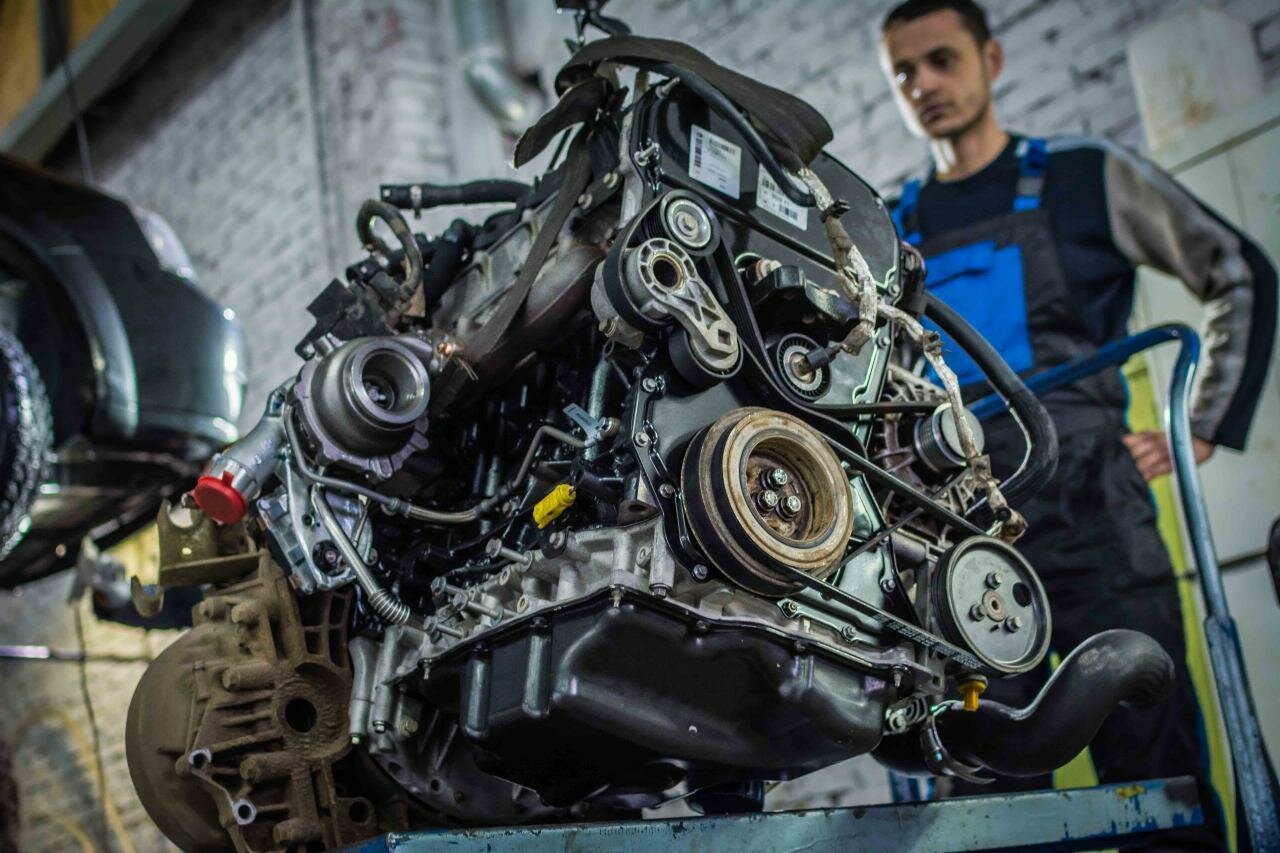Harley-Davidson Liquid-Cooled Engine Issues
A Brief History of Harley-Davidson
Harley-Davidson, an iconic American motorcycle manufacturer, has been a symbol of freedom and rebellion since its inception in 1903. Founded in Milwaukee, Wisconsin, the company quickly became known for its heavyweight motorcycles designed for cruising on highways. Over the decades, Harley-Davidson has built a loyal following, with riders drawn to the brand’s rich heritage, distinctive V-twin engines, and unique design. The company has weathered numerous challenges, including economic downturns and changing consumer preferences, yet it has consistently adapted its offerings to meet the demands of the market.
In recent years, Harley-Davidson has made significant strides in modernizing its lineup, introducing liquid-cooled engines as part of its strategy to appeal to a broader audience. The shift to liquid cooling was intended to enhance performance, improve fuel efficiency, and meet stricter emissions regulations. However, this transition has not been without its complications. While liquid-cooled engines offer certain advantages, they have also introduced a range of problems that have sparked concern among riders and mechanics alike.
As Harley-Davidson continues to navigate the complexities of modern motorcycle engineering, it is crucial to examine the specific issues associated with its liquid-cooled engines. Understanding these problems is essential for current and prospective owners, as well as for anyone interested in the future of this storied brand. The following sections will delve into the various challenges faced by Harley-Davidson’s liquid-cooled engines, shedding light on the implications for safety, performance, and overall rider satisfaction.
Challenges with Harley-Davidson Liquid-Cooled Engines
Common Problems Encountered
While the introduction of liquid-cooled engines was a step forward for Harley-Davidson, several issues have emerged that have raised eyebrows among enthusiasts and mechanics. These problems can affect performance, reliability, and rider satisfaction. Below are some of the most frequently reported issues:
- Overheating: Despite being designed to manage heat better than air-cooled engines, some liquid-cooled models have been reported to overheat under certain conditions, particularly in stop-and-go traffic or during prolonged idling.
- Coolant Leaks: Several riders have experienced coolant leaks, which can lead to engine damage if not addressed promptly. These leaks often stem from faulty hoses or connections.
- Complexity of Repairs: The introduction of liquid cooling systems has added complexity to engine repairs. Mechanics need specialized knowledge and tools to service these engines, which can lead to higher repair costs.
- Electrical Issues: Liquid-cooled engines often come with more advanced electronics, which can lead to electrical problems. Issues with sensors and wiring can affect engine performance and reliability.
Performance and Reliability Concerns
The performance of liquid-cooled engines can be inconsistent, leading to dissatisfaction among riders. Some of the key concerns include:
- Power Delivery: Riders have reported that the power delivery in some liquid-cooled models feels less engaging compared to traditional V-twin engines, which can detract from the riding experience.
- Throttle Response: In certain cases, the throttle response has been criticized for being sluggish, making it difficult to achieve the desired acceleration.
- Fuel Efficiency: While liquid cooling is supposed to improve fuel efficiency, some riders have found that their fuel consumption has not improved as expected, leading to frustration.
Maintenance and Service Issues
Maintaining a liquid-cooled engine can be more challenging than maintaining an air-cooled counterpart. Some of the issues include:
- Regular Maintenance Costs: The need for more frequent coolant changes and the complexity of the cooling system can lead to higher maintenance costs over time.
- Parts Availability: Some riders have reported difficulties in finding replacement parts for liquid-cooled engines, which can lead to extended downtime.
Safety Implications
While safety is not the primary focus of this discussion, certain issues with liquid-cooled engines can have safety implications. For instance, overheating can lead to engine failure, which could pose a risk to the rider. Additionally, coolant leaks can create hazardous conditions on the road if not addressed promptly.
Top views |
|
|---|---|
 |
Oil, Timing Chains, Pistons: What Really Kills an Engine Prematurely? |
 |
How to Choose a Car with a Reliable Engine: Used Car Market Hacks That Actually Work |
Symptoms and Consequences
To summarize the key issues associated with Harley-Davidson’s liquid-cooled engines, the following table outlines common symptoms and their potential consequences:
| Symptom | Possible Consequence |
|---|---|
| Overheating | Engine damage or failure |
| Coolant leaks | Engine overheating, potential for serious damage |
| Throttle response issues | Reduced performance, potential safety risks |
| Electrical problems | Engine performance issues, increased repair costs |
| High maintenance costs | Increased long-term ownership expenses |




0 Comments